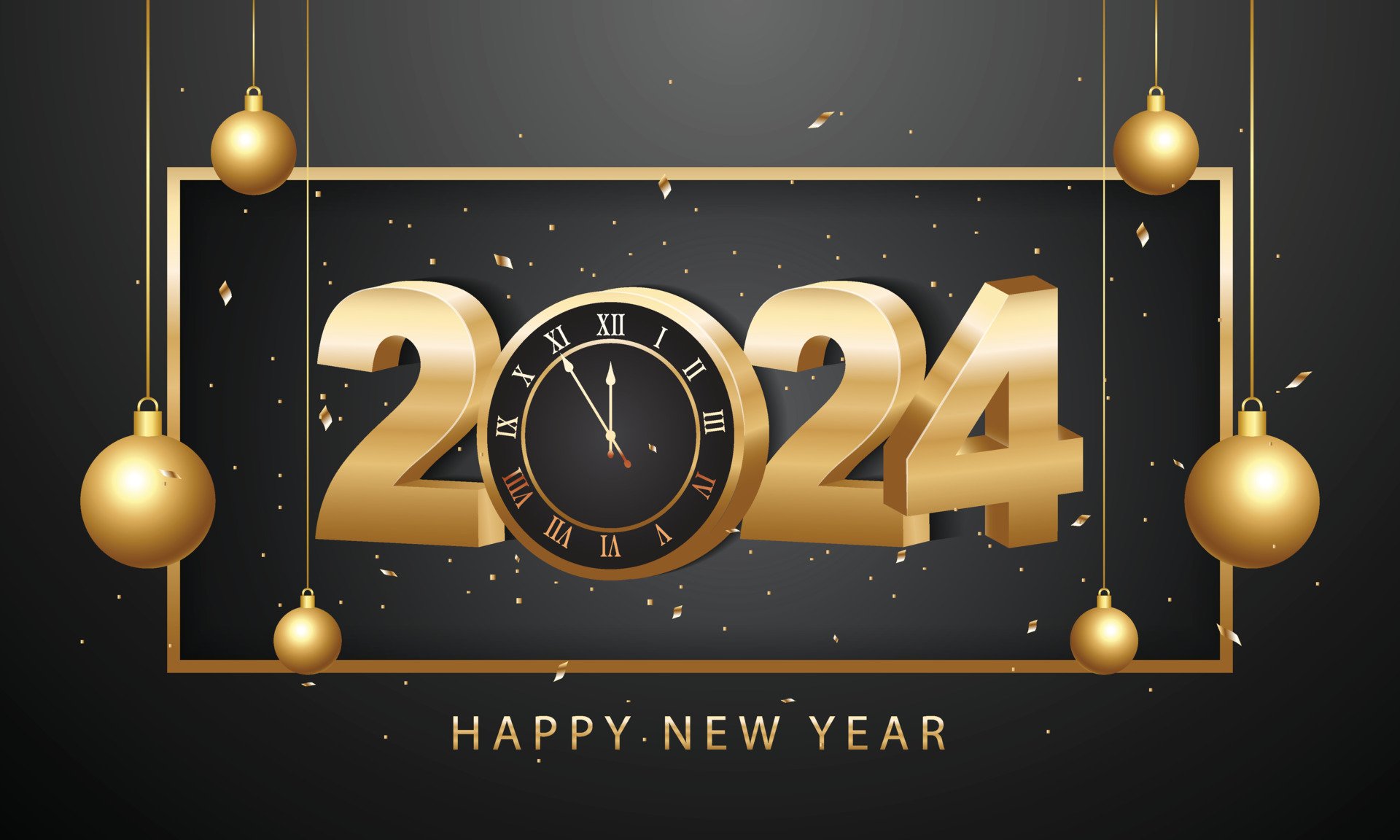Understanding the Question: “What Year Is It?”

In an increasingly fast-paced world, it’s easy to lose track of time. The question “What year is it?” might seem simple, but it encompasses a variety of contexts, from the mundane to the philosophical. This article delves into the different dimensions of this seemingly straightforward query, offering insights that go beyond the mere numerical answer.
Key Takeaways
- The question “What year is it?” can have multiple interpretations and contexts.
- Understanding the current year involves more than just knowing the number; it includes recognizing cultural, historical, and technological milestones.
- Keeping track of time is essential for navigating both personal and global events.
The Simple Answer: What Year Is It?
As of now, the year is 2023. This is the Gregorian calendar year, which is the most widely used civil calendar in the world today. However, understanding the year involves more than just stating the number. Let’s explore the various layers that add depth to this question.
The Historical Context of Tracking Years
The concept of tracking years has evolved significantly over time. Different cultures have developed their own calendars, each with unique starting points and systems. For instance:
- Gregorian Calendar: Introduced by Pope Gregory XIII in 1582, this calendar corrected the Julian calendar’s inaccuracies and is now the most widely used civil calendar.
- Islamic Calendar: A lunar calendar that started in 622 CE, marking the Hijra, or migration of Prophet Muhammad from Mecca to Medina.
- Chinese Calendar: A lunisolar calendar, which means it is based on both the moon phase and the solar year, with a cycle that repeats every 60 years.
Each of these calendars offers a unique perspective on what “year” it is, demonstrating the diversity of human culture and history.

Cultural Significance of the Current Year
The year 2023 is not just a number; it marks a period rich with cultural and historical significance. Globally, 2023 has been a year of notable events, technological advancements, and cultural shifts. Recognizing these aspects helps us understand the broader implications of the current year.

For instance, in 2023, we have witnessed significant developments in technology, including advancements in artificial intelligence and renewable energy. These changes have had a profound impact on global economies and daily life, making 2023 a pivotal year in modern history.
Technological Milestones in 2023
Technology continues to evolve at an unprecedented pace, and 2023 is no exception. Here are some key technological milestones that define this year:
- Artificial Intelligence: AI technology has seen remarkable advancements, with more applications in healthcare, finance, and even creative industries.
- Space Exploration: 2023 has been a landmark year for space missions, with several countries launching exploratory missions to Mars and beyond.
- Renewable Energy: The shift towards sustainable energy sources has accelerated, with significant investments in solar and wind power.

These milestones highlight the dynamic nature of 2023 and its role in shaping the future.
The Philosophical Dimension: What Year Is It?
Beyond the factual and historical, the question “What year is it?” can also be viewed through a philosophical lens. It prompts us to reflect on the passage of time, our place in history, and how we measure progress.
Time is a construct that humans have created to make sense of their existence. Asking “What year is it?” can lead to deeper introspection about how we perceive time, how we mark significant events, and how these events shape our collective consciousness.
Why Keeping Track of the Year Matters
Understanding the current year is crucial for several reasons:
- Planning and Organization: Knowing the year helps individuals and organizations plan for the future, set goals, and measure progress.
- Historical Context: It allows us to place events in a timeline, understanding their causes and effects.
- Cultural Awareness: Being aware of the year helps us recognize and celebrate cultural milestones and anniversaries.
Keeping track of the year is more than just a practical necessity; it is a way to connect with the world and understand our place within it.
While the answer to “What year is it?” might be straightforward, the question itself invites us to explore a multitude of dimensions, from historical and cultural to technological and philosophical. The year 2023 is not just a point in time; it is a tapestry woven with significant events, advancements, and reflections on human progress. By understanding the various layers of this question, we gain a deeper appreciation for the present and a clearer vision for the future.…







